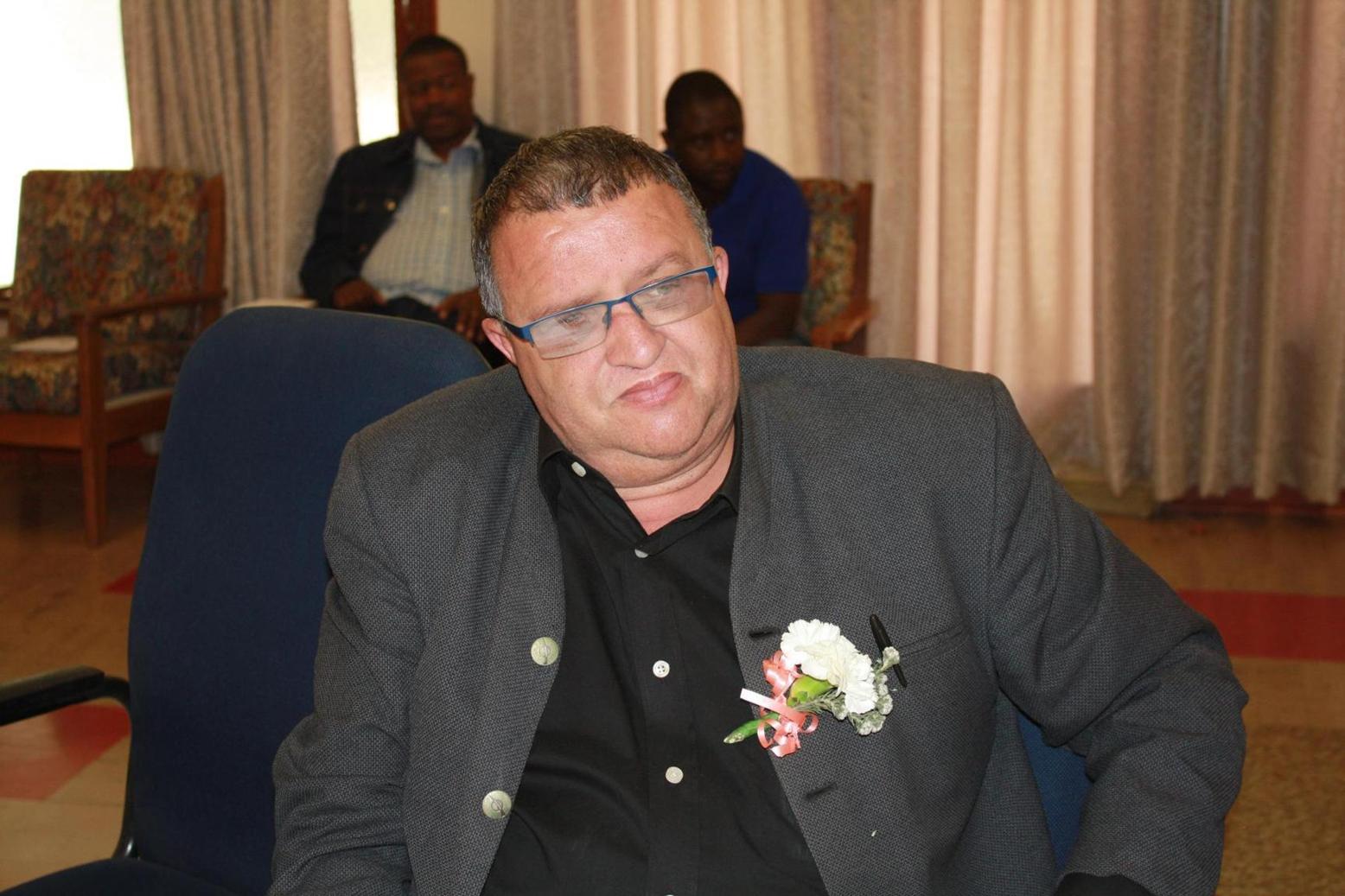Africa-Press – Namibia. The lack of appropriate, particularly technical, education among school-going rural youth is the greatest single handicap to the development of self-employment in the rural setting.
Until this deficiency is recognised and corrected, it is unlikely that self-employment and the exploitation of rural resources will materialise to make rural areas adequately attractive as a base for a livelihood.
In looking at rural youth, one cannot help but look at the dualistic character of African economies. Most of the African economies are characterised by a large agriculture, and rural economy and a small urban sector (except for Zambia, which has 58% of its population living in urban areas). The same is true in Namibia, as 52% of the Namibian population live in rural areas (NIDS, 2016).
Rather than starting with this misguided assumption that a good life is not possible from the resources of the rural areas and set up horizons based on urban life, the educational programmes at both primary and secondary levels should set about training the minds of students to be aware of their rural environment, and what it can offer and how best to use available rural resources.
One area where young people could seriously consider entering into is that of agriculture. Some countries are already making effort to create rural employment in agriculture for young people.
Efforts in countries such as Malawi, Zimbabwe, Zambia and Swaziland have, for instance, been put in place to establish young farmers clubs, which usually operate as mini or quasi cooperatives, whereby local agricultural extension officers train the youth in modern agricultural practices and innovations with the assumptions that the youth self will, in turn, train their parents or adopt the imparted practices and innovations as farmers in their own right.
However, one of the critical bottlenecks faced by young farmers clubs is that they are usually not supported by the requisite financial resources to enable them to adopt the modern farming practices and innovations that are promoted.
In Namibia, the government has implemented various initiatives to promote agricultural development, particularly in rural areas, which amounts to billions of Namibian dollars.
Promoting development in the agricultural sector is of particular importance to government, as 70% of the Namibian population depends on agriculture for their livelihood in terms of employment, income and food security, especially in rural areas.
Arguably the most significant of these initiatives were undertaken by government in 2018, with government aiming to invest about N$3.6 billion over three years (until 2021) over the Medium-Term Expenditure Framework to develop this sector.
These initiatives are underpinned by the understanding that the development in the agriculture sector as a powerful tool to eradicate extreme poverty and to boost shared prosperity (New Era, 24 September 2018)
In Namibia, and other SADC countries, it is clear governments realise the important role that the agricultural sector plays in any economy; however, if government is to formulate policies that are earmarked at facilitating young people to enter into agriculture, there is need for them to be more committed than what experience has shown so far.
Otherwise, the policy will simply be a paper exercise, while young people continue to drift into urban or per-urban areas to join the growing ranks of the unemployed and underemployed.
In Namibia, as in many parts of SADC, young people’s access to land and growing high-value cash crops for traditional and practical reasons are limited. Titles for land in many African countries are vested in either the family heads’ name or even in the name of individuals outside the community.
Unsurprisingly, therefore, many rural illiterate youth find it even easier to simply work as farm or plantation labourers, rather than being as farmers in their own right.
Young women, in this instance, are even more disadvantaged than young men. To start with, it is assumed there is no point in offering land to a young women who is likely to be married and perhaps leave the lineage.
Equally important, it is enormously assumed that farming is an activity exclusively for men. Indeed, as evidence shows, in a number of countries of the region, where the title deeds are offered, they are almost predominantly offered to male farmers.
In the case of Malawi, where former president Banda of Malawi at one of his political rallies commended he was pleased that women were actively involved in farming having been informed by the Tobacco Association Chairman – that 500 of them had title deeds and were growing tobacco.
What the chairman of the tobacco association did not tell Banda at the time is that out of the total number of 16 000 title deed holders, only 500 were women.
Clearly, there is need for a radical land reform to ensure young people – both male and female – have equal access to land (Namibian Sun, 25 August 2021, ‘Women ownership needed in agriculture’). In summation, agriculture, per se, will not meet young people’s expectation for a better life.
Fundamental changes have to take place – not only in such areas as availability of marketing, credit facilities, improved pricing policies, and various rural services but equally important, the governments’ commitments to introducing land reform in such a way that the youth will have title to land and they will be encouraged to participate in the growing of high value cash crops.
Unless young people are able to own land, either as individuals or as groups, and are given adequate incentives to participate in the growing of high value crops, the call for promoting young people’s participation in agriculture will come to nought.






